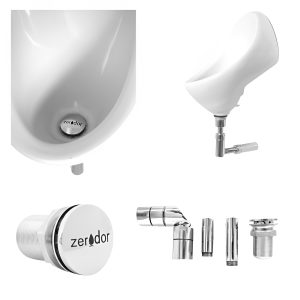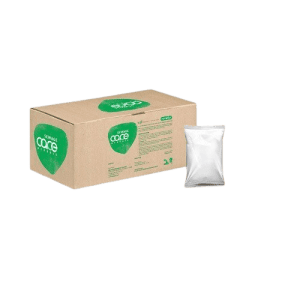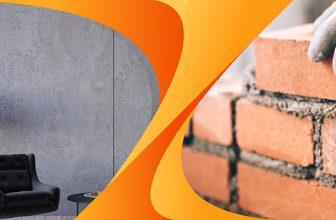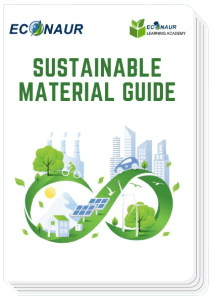Types of Sustainable Sanitation Systems
In developing countries, sanitation is a growing problem. Lack of basic necessities, poverty, and the growing scarcity of resources, especially water, are concerns that need immediate attention.
With India and its program, Swachh Bharat, to build toilets all across the country, we ought to educate ourselves about Sustainable Sanitation programs that might also benefit our ever-growing population.
What exactly is Sustainable Sanitation?
As defined by Sustainable Sanitation Alliance, SuSanA 2008,
The main objective of any sanitation system is to protect and promote human health by providing a clean environment and breaking the cycle of disease. In order to be sustainable, a sanitation system has to do this, and additionally be economically viable, socially acceptable, and technically and institutionally appropriate, and it should also protect the environment and the natural resource.
Technologies that would challenge the conventional toilet systems around the world which is actually responsible for many waterborne diseases. Understanding that excreta are not a waste, but actually valuable resource is the first step in understanding sustainable sanitation. Significant of amount of energy, and plant nutrients can be obtained if this “waste” is processed right. In fact, the water can be recycled and reused too, which would help in sustaining natural resources.
What are some of the technologies that have helped keep Sanitation Sustainable?
1. Water-less toilets
A poverty struck continent that is struggling to keep hold of resources for the coming generation, the idea of water-less loo works fabulously. It is the perfect cost-effective solution considering the local circumstances.
The technology is used in East-Africa’s urban slums, with an incentive that invites more and more civilians to use it. The toilet collects the waste, which is converted into nutrient rich organic fertilizer, which is then sold to the local farmers. Completing the loop of sustainable activity. 
2. Energy Generating Toilets
The waste is collected in a biodegradable film by a simple and efficient sealing technology. Exploiting the simple biological process of Anaerobic Digestion, which is basically the process of organic waste consumed by microorganisms in an oxygen-free environment, the toilet ends producing energy in the form of biogas.
The waste is also used to produce fertilizer for plants. The Anaerobic Digestion leaves the waste in a semi-liquid form, which is then used as manure for planted crops.
This was a technology that was experimented with in Madagascar. It turned out to be efficient, convenient, odorless, clean, and produced by-products that would give the locals an opportunity to earn profits.
3. Dehydrating Toilets
Dehydrating toilets are those that separate the liquid and solid waste. How it works?
The container is primed with coconut husk which absorbs any liquid that falls in it. This allows the solid matter to remain dry and odorless. To help the decomposition process, the matter is stirred briskly. To keep the smell out, the unit has an integral fan that pulls the moisture out of the space, keeping it dry and odor-free. Such systems are mainly suitable for regions with higher average temperatures, long dry and short rainy seasons or arid climatic conditions with high evaporation rates.
When human waste is dehydrated, the mass and volume are greatly reduced and the pathogens are starved of moisture. Urine source separation combined with dehydration of the solids can reduce the amount of waste by 90%.

4. The Humanure
Inspired by Joseph Jenkins book, The Humanure Handbook, this toilet isn’t technologically advanced, but instead depends on individual effort.
It is essentially a wooden box, with a plastic bucket within, and a toilet seat on top. There is also a bag of sawdust that is kept next to the unit. After you do your business, scoop the sawdust and cover the matter completely with it to avoid the foul smell.
The plastic bucket is replaced every few days, whenever required and the matter is taken to the on-site composting station where it is dumped in composting bins covered with more sawdust. The decomposition process takes its time to form the manure that can now be used in agricultural fields.
While this process is not technologically modern, it educates the people about the step-by-step process of re-use and recycle that would be beneficial to them and the environment.
Sustainable sanitation is an approach that will keep the environment clean, leading to hygienic living conditions in the community. With every region, the challenges would be different, and therefore various technologies help in curbing those hurdles and offering incentives to the local population to use these toilets instead of defecating openly.












